The Reputation of the Leasowes
Image: Engraving of Hagley Hall, Worcestershire, the residence of the Lyttletons, which was designed by Sanderson Miller in the 1750. Shenstone was a frequent visitor to Hagley Hall, only a few miles from his residence at the Leasowes. George, First Lord Lyttleton was secretary to the Prince of Wales and served in the government as Chancellor of the Exchequer. Shenstone and Lyttleton were both poets and shared an interest in landscape design. Through Lyttleton, Shenstone met members of the aristocracy and gentry, contacts which helped to enhance his reputation. The date and provenance of the engraving are unknown. From R W Boodle, Worcestershire Scrap Book, vol. II (1903) held in Local Studies and History, Birmingham Central Library.
While Lady Luxborough lived nearly twenty miles from Shenstone, in Warwickshire, and they paid only occasional visits to each other, the powerful Lytteltons lived only three miles from him, at Hagley. Soon after Shenstone moved to his farm he, and his walks, began to be visited by various Lytteltons and members of their extended family, which included the Pitts and the Grenvilles. Shenstone sometimes visited and dined at Hagley. William Pitt the Elder (later First Minister) ‘was particularly charmed’ by the Leasowes, and:
“…as he saw several possible improvements which Mr. S— could not afford, … gave him an hint, by means of Mr. Miller of Radway, that, with his permission, Mr. Pitt would please himself by laying out two hundred pounds at the Leasowes.” (Graves, Recollection, p.82)
Shenstone declined Pitt’s offer. ‘Mr. Miller of Radway’ was Sanderson Miller, who designed the replacement Hagley Hall, built in the 1750s, and also helped design its park. Initially there were differences of opinion over taste and design between Miller and Shenstone, but by 1754 the former visited the Leasowes.
As the reputation of the Leasowes spread, it attracted ever more visitors, local and national; some for a pleasant stroll, some to appreciate the beauty of the place, and others, perhaps, seeking ideas to copy. Shenstone delights in reporting, particularly to Luxborough, the names of eminent people who have visited his estate. In his poem ‘A Pastoral Ode’ he writes of the Leasowes and various admired, titled people he has welcomed there. For many years he allowed the general public access. A letter of 1749 to Jago notes: ‘It is now Sunday evening, and I have been exhibiting myself in my walks to no less than a hundred and fifty people’ (Letters, p.204). Even allowing for exaggeration here, it is apparent from other sources that the Leasowes was much-visited.
However, during the late 1740s general access was for a time restricted. This was because of vandalism. One result of this was that James Woodhouse, a struggling shoemaker and poet of Rowley, near Halesowen, wrote a poem to Shenstone. Because of this, Shenstone acted as patron, adviser and editor to Woodhouse. The latter’s subsequent Poems on Sundry Occasions includes several elegies in which Woodhouse eulogizes Shenstone and the Leasowes.11
Among other minor local poets whom Shenstone assisted were Mary Whateley of Walsall, and Joseph Giles, resident for a time in Birmingham, both of whose works included poems in praise of Shenstone and the Leasowes. Shenstone not infrequently altered poems by his proteges and his friends. In 1755, John Pixell, the young vicar of Edgbaston, wrote to Robert Dodsley: ‘… my verses designed for my Garden-Seat, which Mr Shenstone has made me alter 3 times…’12
« Previous in this sectionNext in this section »Continue browsing this section
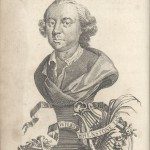 William Shenstone, The Leasowes, and Landscape Gardening
William Shenstone, The Leasowes, and Landscape Gardening
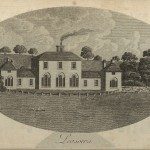 Introduction: William Shenstone and the Leasowes
Introduction: William Shenstone and the Leasowes
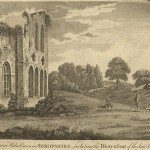 Shenstone’s Early Life
Shenstone’s Early Life
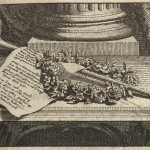 Shenstone, Poetry and Landscape
Shenstone, Poetry and Landscape
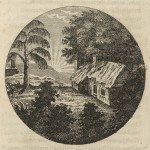 Shenstone, Rural Virtues and the Countryside
Shenstone, Rural Virtues and the Countryside
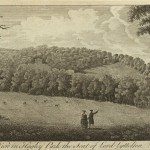 Shenstone and English Landscape Gardening
Shenstone and English Landscape Gardening
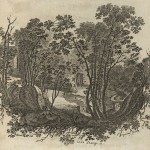 Shenstone and the Creation of the Natural Landscape
Shenstone and the Creation of the Natural Landscape
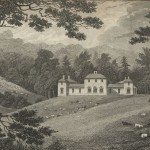 Shenstone, Landscape and Farming
Shenstone, Landscape and Farming
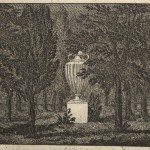 Shenstone’s Embellishments to the Leasowes
Shenstone’s Embellishments to the Leasowes
 The Reputation of the Leasowes
The Reputation of the Leasowes
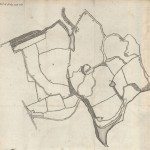 Appreciating the Landscape: Robert Dodsley and the Leasowes
Appreciating the Landscape: Robert Dodsley and the Leasowes
 A “delightful Paradise”: The Leasowes Cult
A “delightful Paradise”: The Leasowes Cult
 “Beauty and Simplicity”: Descriptions of the Leasowes
“Beauty and Simplicity”: Descriptions of the Leasowes
 Shenstone’s Influence
Shenstone’s Influence
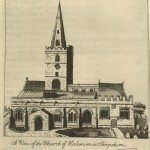 Shenstone and the Locality
Shenstone and the Locality
 Conclusion
Conclusion





